The right product to the right store at the right time
Retailers are streamlining processes to meet consumers' desire for rapid response and instant gratification. Our label, printing and scanning solutions enables real-time, accurate data to efficiently direct your merchandise from the distribution centre to the sales register to your customer's door.
Industry Solutions
View allNeed help choosing the best solution for your needs?
Our product specialists can offer help or guidance on a solution that will meet your needs now and into the future.

















